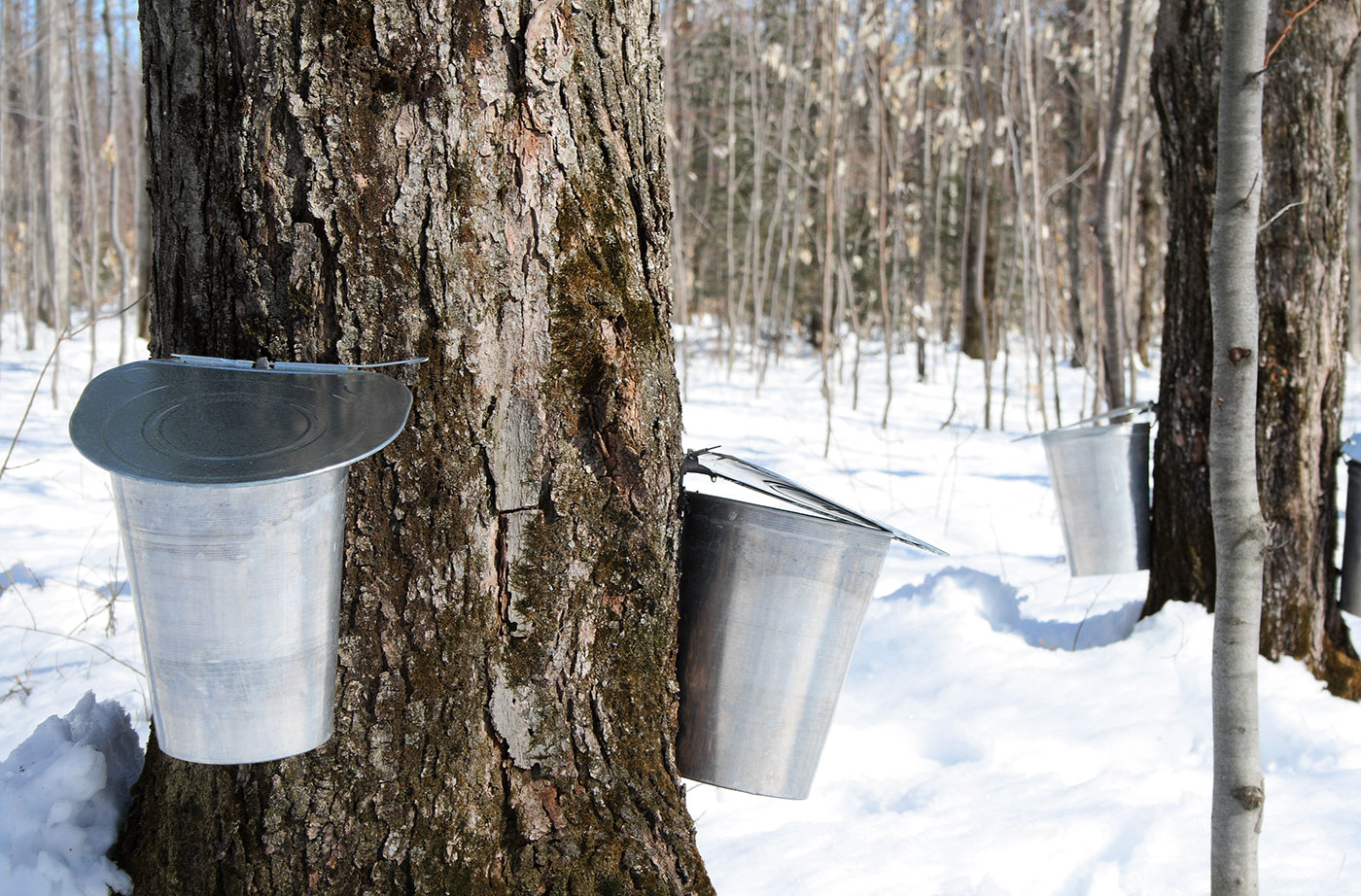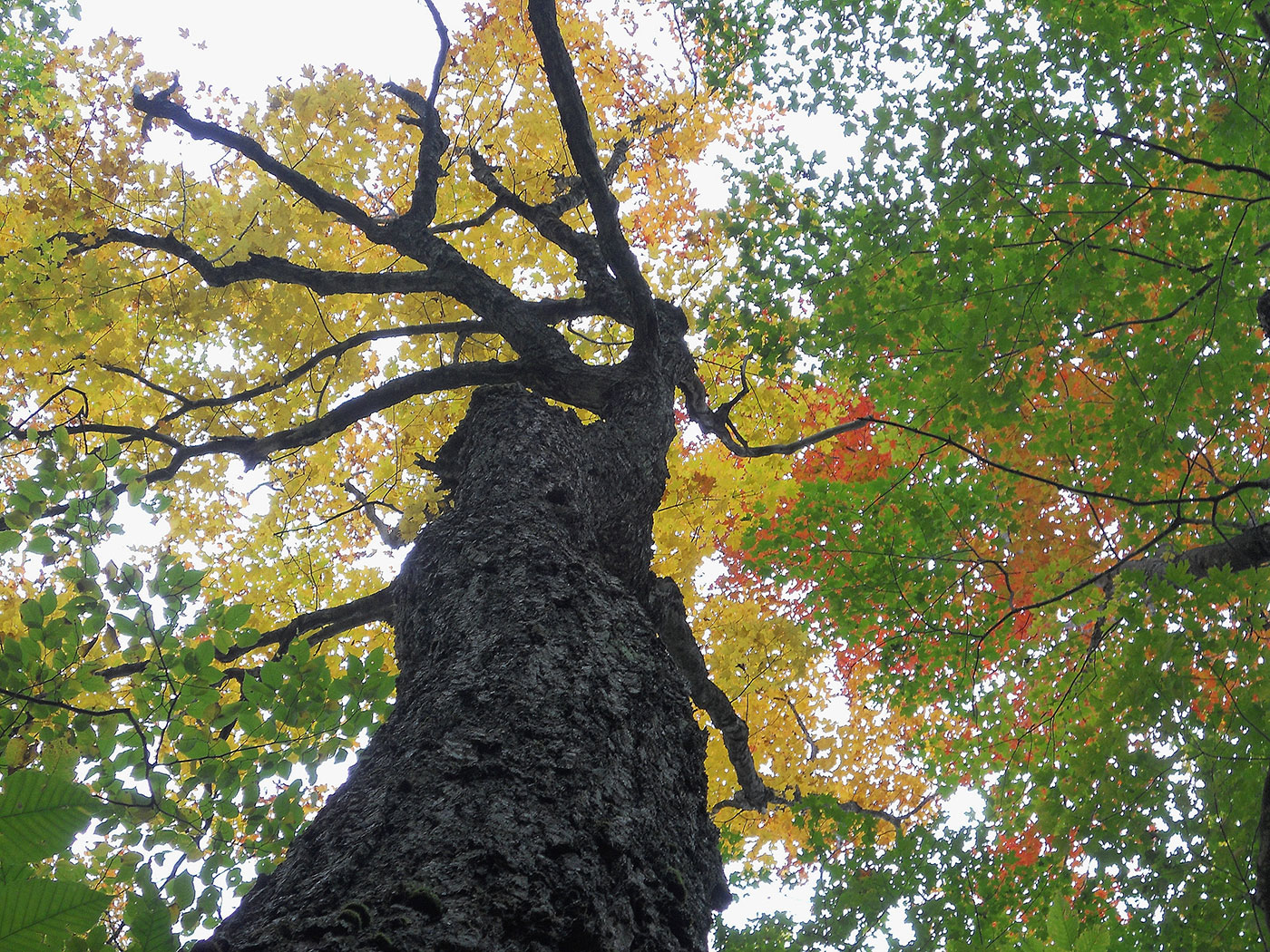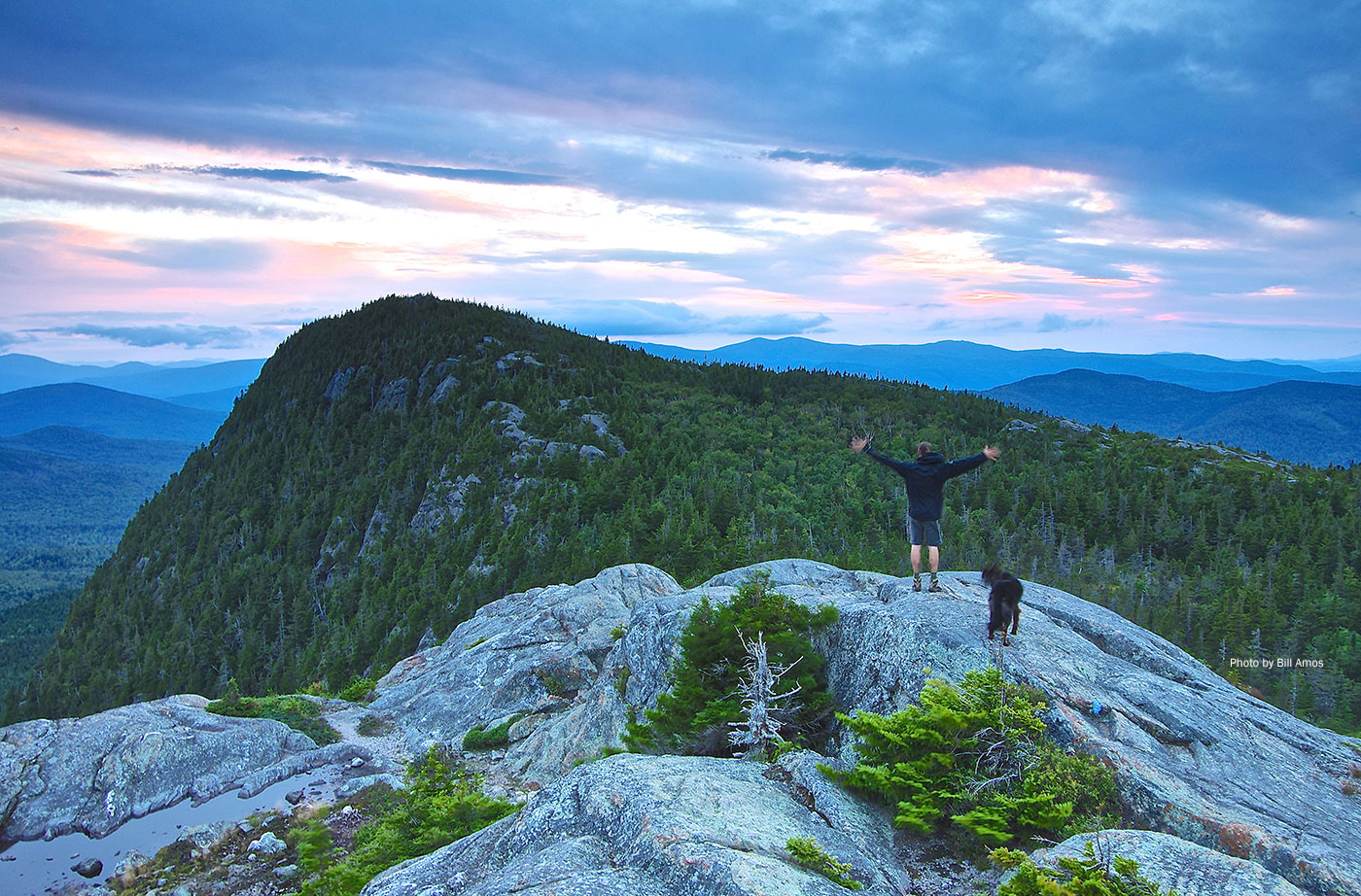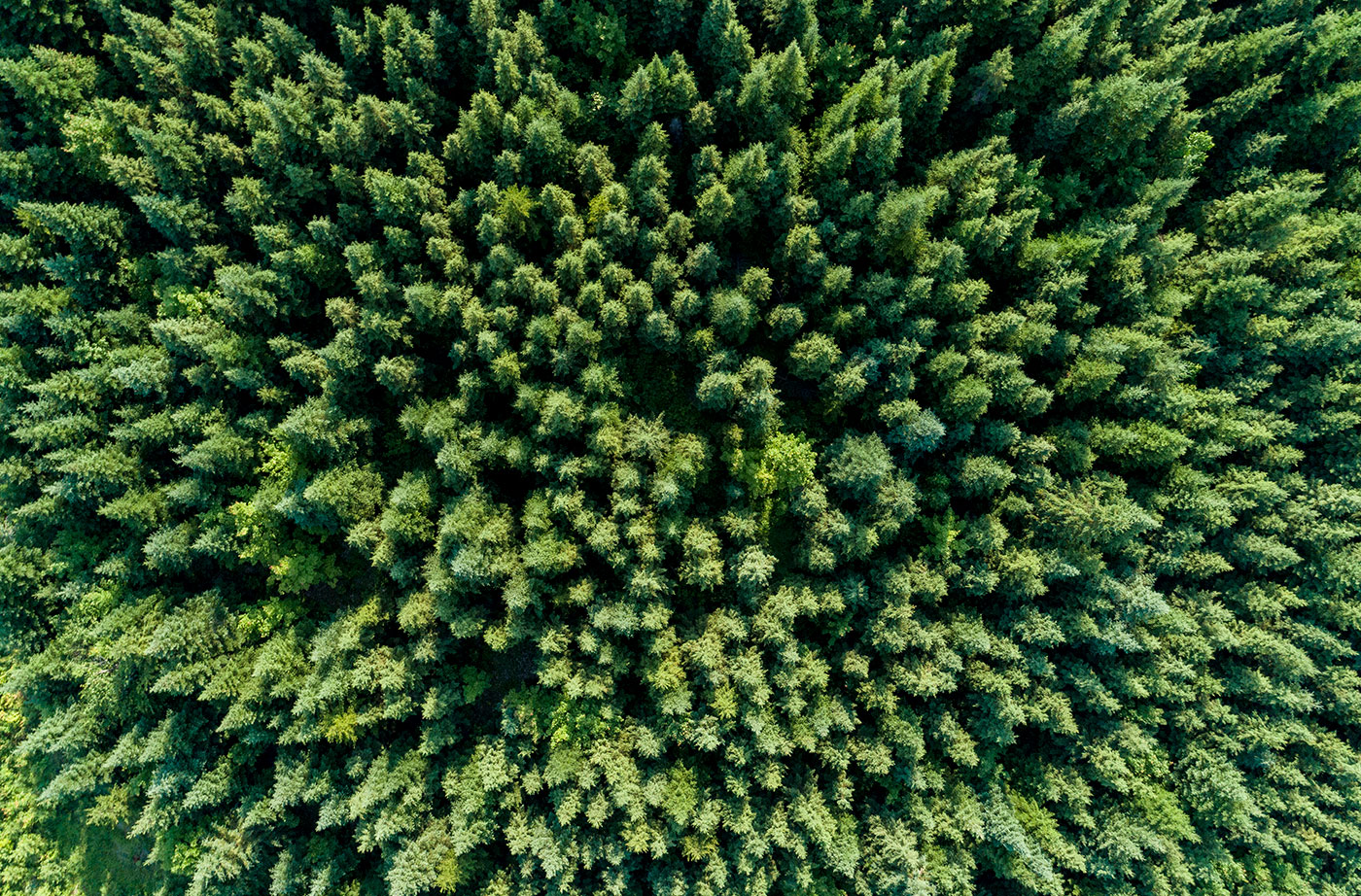Research compiled by scientists at the University of Maine (UMaine) and the Maine Climate Council’s Scientific and Technical Committee makes clear that Maine’s beloved forests will likely look different in the future. Your kids and grandkids may find maple syrup, holiday trees, and powder days harder to come by when they’re grown.
Predictions aside, the most severe impacts of climate change aren’t inevitable if we take bold action now. The Natural Resources Council of Maine has been tracking this issue for decades. We know that there are a wide range of solutions, like transitioning to an economy powered by local renewable energy, using science-based land use practices to make ecosystems and communities more resilient while storing carbon, and modernizing our transportation and building sectors to emit less pollution. These solutions hold the promise of expanding opportunity for many Mainers by fostering the growth of new businesses and good-paying jobs, expanding access to affordable clean energy sources, and improving our health with cleaner air.

Buckets used for collecting sap from maple trees to make maple syrup
Mainers are, however, already feeling the effects of climate change in many ways. Last year was the tail end of the world’s warmest decade on record. Maine recorded its hottest July ever in 2019, and Portland experienced new record-breaking days, as did other Maine towns this year. In fact, Maine is warming faster than other areas of the contiguous U.S.[1] This summer we’ve seen prolonged drought throughout the state, and the Gulf of Maine continues to experience heatwaves.[2] We face a severe risk of habitat loss, habitat degradation, and changing habitats that soon may not be able to continue supporting scores of native Maine species.
What will this mean for Maine’s characteristic forests? According to the UMaine’s Climate Future 2020 Update, forests will likely see a shift in the types and abundance of species as well as changes to species distribution. Researchers say there’s evidence that we may see fewer sugar maple, red maple, and birch, and more American beech. The spruce and firs for which Maine is famous will decline as a result of less snow and warmer winters.[3] Although there’s a chance that the shift in precipitation, temperature, and carbon dioxide levels could make forests more productive, they won’t be the forests we know and love today and may not even be the forests of southern New England that are moving northward. Climate change will exacerbate existing threats to forests, such as fire, drought, pests, invasive species, overharvesting, and fragmentation—underscoring the critical need for good forestry, land use planning, and climate change mitigation and adaptation.

Sugar maples, Eagle Rock trail, Big Moose Township. Photo by Wendy Weiger
Forests have always been shaped by climate, but because climate change is taking effect at a faster rate than in the past, the timescale at which management and policy decisions need to be made to keep pace is narrowing. Science-based natural resource management practices can increase ecosystem resilience, helping them resist change or bounce back after disturbance. Because Maine is 90% privately owned, the responsibility is largely with private landowners to manage forests in a climate-informed way. Being responsive to science and adapting management practices will not only improve the health and resilience of the forest but can also benefit wildlife and aquatic health, biodiversity, community preparedness, and long-term economic viability of the industries that depend on Maine’s forests.

Tumbledown Mountain in Western Maine, a Land for Maine’s Future site. Photo by Bill Amos.
Three cornerstone industries that rely in full or in part on Maine’s forests and will be affected by climate change include:
- Recreation and Tourism: Maine has an $8.2 billion outdoor recreation industry that accounts for 4.8%[4] of Maine’s GDP and supports 76,000 jobs.[5] Activities such as boating, hunting, camping, skiing, and many other outdoor recreational activities contributed approximately $2.9 billion to Maine’s economy in 2017.[6] Forest-based recreation specifically is estimated to be worth $2.8 billion.[7] To illustrate the magnitude of a single activity, the total economic output for all fishing activity in Maine in 2013 was more than $319 million.[8] In 2018, an estimated 37 million Maine tourists spent about $9.2 billion in the state, supporting about 110,000 jobs.[9]
- Forest Products: The annual value of economic output of Maine’s forest products industry is more than $5.4 billion. Using multipliers, forest products generated an estimated $8.5 billion in economic activity in 2016. Almost 39,000 jobs are associated with the forest products industry, comprising approximately 4.81% of employment in Maine. 8
- Maple Syrup: Maple syrup production in Maine has declined in recent years, but nonetheless measured in at 580,000 gallons in 2019, valued at about $21.7 million in 2018.[10]

Spruce trees in industrial forest in Square Lake Township. Photo by J.Monkman/NRCM
Climate change predictions are the best guesses we have even though what’s happening is unprecedented, but a couple of things are clear. Changes to Maine’s forests will have repercussions on important Maine industries that keep our economy strong. Though there will continue to be opportunities to spend time in forests and harvest its bounty, as temperatures rise and weather patterns change, it’s very likely that Maine will be a lot different from the Maine we know and love. Mainers are tough, and future generations will have to learn how to adapt, but we should protect their rightful natural heritage by fighting in every way we know to avoid the worst economic, ecosystem, and health effects of climate change.
The Maine Climate Council is developing a new statewide Climate Action Plan that will create a roadmap to help us reduce harmful pollution and expand economic growth through smart investments in clean energy solutions. The Natural Resources Council of Maine has joined with other conservation groups to call for the Council to include recommendations that would establish a dedicated, sustained fund for land conservation and to support climate-friendly land management practices and infrastructure development. Through policy, practice, and shifts in thinking, Maine has a chance to transform its industries and help mitigate the most severe climate change impacts on Maine people and our treasured landscapes.
—Melanie Sturm, NRCM Forests & Wildlife Program Director
*Special thanks to NRCM intern Ellie Batchelder for collecting the industry statistics.
[2] https://www.gmri.org/stories/2020-gulf-maine-warming-update/
[4] Bureau of Economic Analysis: Outdoor Recreation Satellite Account, U.S. and Prototype for States, 2017
[5] Maine Mountain Collaborative: Shaping the Next Generation of Land Conservation in Maine 2019
[6] Portland Press Herald: New report shows outdoor fun is serious business for Maine’s economy, Maine Outdoor Brands: Maine ranks third across the country in the value outdoor recreation adds to statewide GDP
[7] Maine Department of Agriculture, Conservation and Forestry; Maine Forest Service; North East State Foresters Association: The Economic Importance of Maine’s Forest-based Economy, 2013
[8] Maine Office of Tourism and Maine Department of Inland Fisheries and Wildlife: Fishing in Maine in 2013: A statewide and regional analysis of participation and economic contributions
[9] Maine Office of Tourism: 2018 Annual Report
[10] USDA National Agricultural Statistics Service: United States Maple Syrup Production










These changes are happening in British Columbia and throughout the Pacific Northwest as well. It is going to require a massive, long overdue transformation of our political culture to face the challenges ahead. The drag that denial and vested interest place on the imperatives to act must be removed so that policies and energies can be directed to the task ahead. It will require nothing less than a generational change at the top forge a new and radically different path.